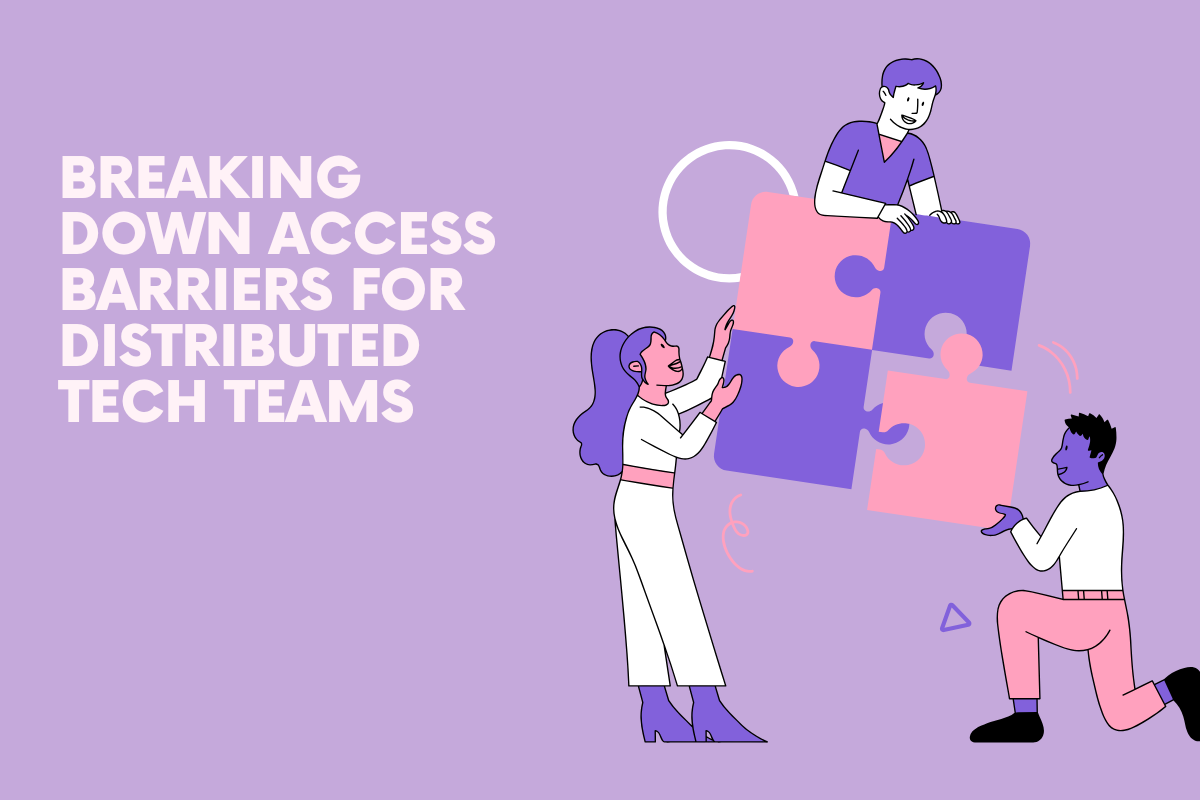Healthcare analytics is mainly done to examine different patterns in various healthcare data that is gathered from different areas in the medical field. This can help in improving clinical care as well as control cost overheads.
Healthcare analytics is a paradigm that is sweeping the world with its analytical activities. In the United States, healthcare analytics is forecasted to grow to over $31 billion by the year 2022!

Implications Of Big Data Analytics On Healthcare
Big Data has immense and widespread potential in supporting healthcare functions such as clinical support and decision making, population health management, disease monitoring and much more. One specific area where big data can be highly beneficial is in the management and operations of a home health agency. By utilizing home health agency software, healthcare providers can effectively organize and analyze large amounts of patient data, allowing for more efficient and accurate care.
To tackle the existing complexities in the healthcare sector where data curation plays a major role, conversion of raw data into actionable insights are crucial.The complexities are as follows:
- Availability of patient Monitoring data that is largely unstructured.
- Need to handle stream oriented data from multiple devices.
- Need to integrated data sets for developing predictive models.
- Requirement to compress medical images.
- Data enrichment activity requirements.
- Requirement of sector-specific data analysis tools.
Continued Reading: Digital Tools That Can Improve The Future Of Healthcare
Let us take a deep dive into the key reasons why data analytics in healthcare has gained considerable acceptance in the recent history and is continuing to.
- Adoption of EHRs(Electronic Health Records) and EMRs(Electronic Medical Records) are now available digitally instead of traditional paper based records. With this, doctors and medical practitioners can now track data in real-time. This eases the analysis process of the structured and unstructured data available from these records.
- With the evolution of Artificial Intelligence, Deep Learning and Machine Learning, healthcare organizations can provide better care while at the same time, be able to save costs and improve efficiency in operations. For instance, MRI scans that are used to analyze images is a type of deep learning known as CNN (Convolutional Neural Networks).
- Cloud systems can also help in healthcare analytics by reducing operational costs. The Cloud can support large chunks of data and processes it in real-time. This helps the clinical practitioners to access data on time. According to a research by BCC, cloud computing is forecasted to reach over $35 billion by the year 2022.
- With the adoption of Data Visualization tools in Healthcare, real-time data can be provided to ensure actions from valid insights derived from the data. Clinical data along with patient behaviour etc can be easily validated. Also, it helps administrators gather information on treatment success rates and other minute details.
- Predictive Analytics in Healthcare can be used to determine how and what changes/ decisions are to be made. It helps to predict an improved system from what already exists. This is done by harnessing the advantages of real-time data and data from the past activities.
Healthcare Analytics, also termed as Big Data Analytics, helps in deriving critical insights from patterns using Big Data for a better data management in real-time.
There is a plethora of different functionalities for Data Analytics in Healthcare. Data analytics provide better outcomes and improve efficiency. Let us see how organizations look forward to actionable insights from enabling data analytics to their healthcare services.
- Creating Risk Scores Based On Predictive Analytics Of Data
In healthcare, risk scores are based on a particular characteristic developed in a cohort or group of patients in common. For instance, there can be a standardized metric deployed for a group of individuals to have some common outcome or disease. This metric is termed as a risk score or even called as risk stratification.
Risk scores are used in healthcare analytics to estimate costs, measure a patient’s health condition and also to prevent the likelihood of further serious conditions.
- Data Analytics in Population Health
Population health depends on data. Accurate and timely data is required to monitor the population and their health requirements.
This phase includes key features in which the first is collecting data from numerous sources, transforming this available data into an easy usable format. This is followed by applying analytics to the data in usable format such as graphs, metrics, reports, etc. Then comes managing the population health. This is done by preparing task sheets for managers and administrators, alerts and reminders to patients, and maintenance of digital portals such as EMRs , EHRs, etc.
- Assuring Patient Safety With Data Analytics
Data-driven healthcare can ensure patient safety by making use of machine learning and predictive analytics. Leveraging integrated data can benefit patients by addressing possible risks.
It enables improvement in patient safety by integrating automated triggers. This helps in identifying risks. Once the risk is determined, predictive analytics can be used to intervene medical help to prevent further harm.
- Healthcare Consumerism Challenges Tackled With Big Data Analytics
Healthcare is becoming completely consumer centric. Healthcare organizations find it efficient to tackle the challenges of consumerism faced today by leveraging on Big Data Analytics.
As much as the integration of healthcare parallel tracks get closer, the better is the outcome. Retail clinics, healthcare organizations, pharmacies and technology firms get closer towards making patient experience easier and customized. They focus on machine learning and artificial intelligence to figure out strategies that will help them optimize their organizational data assets and also to connect disparate data sources. Certain successful use cases and pilots have already been deployed.
- Patient Pattern Prediction With Data Analytics
It is vital to model patient flow patterns, especially in scenarios where healthcare sites operate without prior booking or fixed schedules. In these cases, analytics can be used to predict patterns in patient flow to healthcare sites. It can also reduce waiting times and thus enhance patient satisfaction.
Data Visualization tools provide an easier approach to predict the patterns than otherwise. It helps in highlighting opportunities to make operations better and sustainable.
- Sensitivity Of Healthcare Decisions With Data Analytics
Frequent and Regular monitoring of data is essential for making healthcare decisions. Patient preferences are crucial and must be taken into account before making any critical decisions. This is where data analytics tools help in making even the most complex predictions based on the clinical reports.
- Data Conventions In Healthcare And The Widespread Use Of Data Analytics
Analyzing more data sets become a natural tendency for data analysts due to many reasons such as being resistant to openly available data sets, data quality factors, and the major reason being data commons. Data commons are being under supplied in the market and hence are cause resistance to be used among data analysts.
The success of healthcare in data analytics depends to a large extent on the quality, availability and utilization strategies of the data.
About the Author
Vinod Fingent has conceptualized and delivered niche mobility products that cater to various domains including logistics, media & non-profits. He leads, mentors & coaches a team of Project Coordinators & Analysts at Fingent.

.png)



.png)